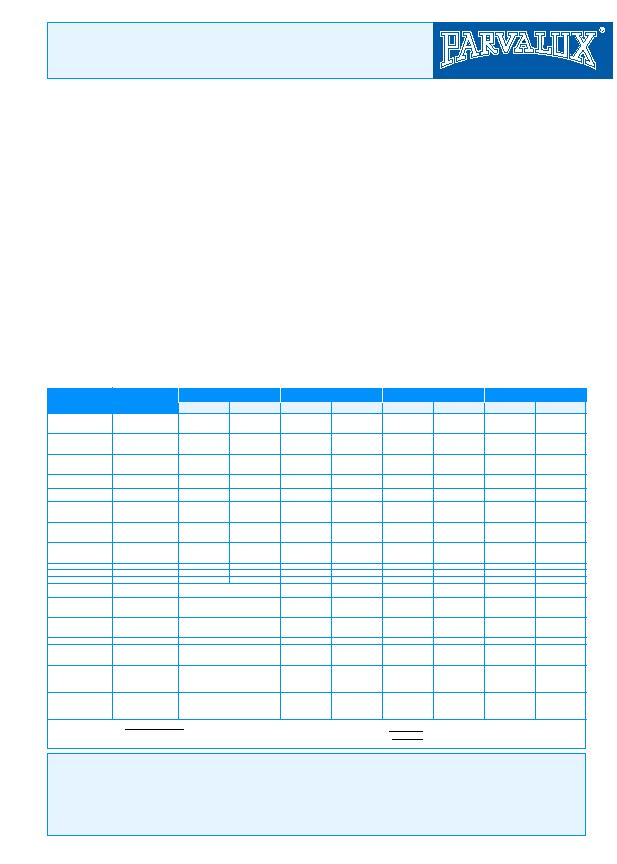
packs, ensuring concentric air gap with correct bearing alignment. The armature
laminations or die-cast rotor are pressed onto a precision steel shaft. The
armature after winding, impregnation and baking is then statically and dynamically
balanced. All stators and armatures are wound with first class quality synthetic
covered copper wire manufactured to B.S. Specification 2757 ( IEC 85) Class "F"
and then impregnated and baked in our Automatic Plant, and accordingly can be
considered to be tropically impregnated for all practical purposes.
cooled frame conforms to IP 20. Commutator type motors SD 1 ventilated
internal fan cooled frame conforms to IP 20. SD 11, SD 12 and PM 1, PM 2
conforms to IP 54.
IP 54.
maximum brush life a form factor on the supply voltage as near to 1 as possible
would be required.
during production techniques as well as application circumstances once the units
have been installed. A margin of + or 10% should be taken into
consideration on these figures during your selection of an appropriate unit.
free air and not in any form of enclosure. Under full load the heat of the motor
casing will be such that it is NOT possible to handle for any length of time.
is carried in ball bearings pressed into gear wheels of composite or phosphor
bronze with hardened and polished steel worms. Gearbox and ball bearings
packed with appropriate grade of grease. Worm and multi-spur gear units are
fitted with case hardened steel spur gears with an oil bath lubrication. All units
are suitable for running in any position.
supplied in standard position as shown on the individual drawings. This also
applies to the gearbox shaft extensions.
spur gearboxes are filled with 20/50 multigrade oil and sealed for life, (in certain
conditions semi-fluid grease may be used). Working temperature of lubricants:-
Grease -15°C to 120°C; Oil -15°C to 150°C. For units used in extreme
temperature conditions i.e., below zero degrees centigrade please contact our
sales department.
worm gear reduction is much lower and therefore, where noise is an important
factor, this type of gearing should be considered. To prevent premature gear
failure or excessive gear wear, the maximum gear loading and thermal rating of
the particular gearbox must be taken into consideration otherwise there is a
danger of stripping the gear wheel teeth or failure of the lubrication due to
excessive gearbox temperature. If further information is required on this point
please consult our sales engineers. The table below shows the recommended
mechanical and thermal ratings for the various types of gearbox.
a noisy bearing, as re-greasing is not possible. Prolonged storage can shorten the estimated life (in excess of 20,000 hours).
suitable extractor to remove the armature from the main frame. Commutator motors require more maintenance than induction type due to the accumulation of carbon dust in the brush
gear area. This dust should be blown out periodically with a dry air supply observing Health & Safety. Directives regarding inhalation of carbon dust and only when the commutator
surface is in a very blackened condition should it be lightly cleaned with `flour' paper or similar (note not emery paper). When replacing carbon brushes (which may have a life of some
2000 hours depending on operating conditions) care should be taken to ensure these are a free fit in the brush holders. When dismantling, the brush gear should be marked to ensure it
is replaced in the original position and the pigtails clear the motor casing. Magnetic brakes require little maintenance since wear of the bonded lining is automatically compensated for.
66:1 to 70:1
66:1 to 72:1
66:1 to 72:1
4320:1 to 4900:1
4320:1 to 5184:1
4320:1 to 5184:1
All Ratios
All Ratios
42:1 to 1461:1
24 3/4:1 to 98:1
445:1 to 7776:1
564:1 to 3300:1
2.3
1.5
7.9
5.9
5.1
7.9
5.9
5.1
11.3
14.6
11.3
1.5
5.1
5.1
28
7.3
7.3
17
22
17
7.3
7.3
45
7.9
28
45
23
51
74
11
45
32
62
100
90
250
50
65
60
72
36
30
45